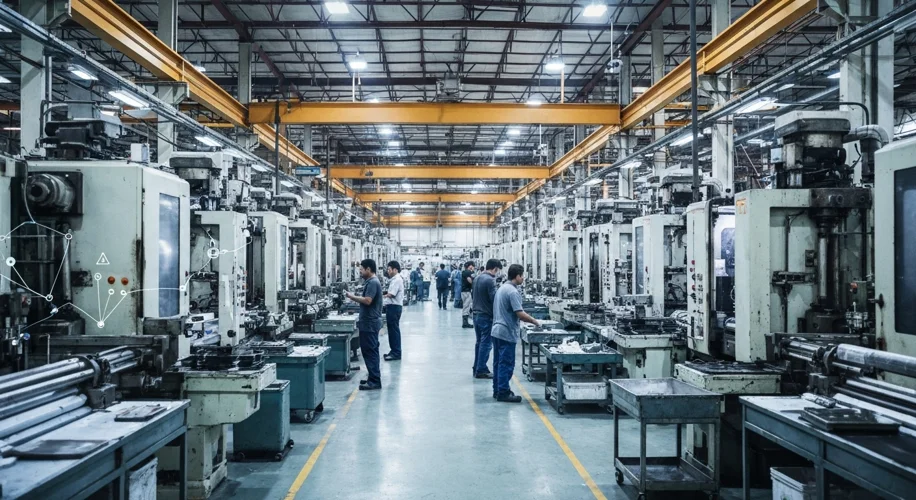It’s been a challenging stretch for U.S. manufacturing. Recent data shows the sector contracting for six consecutive months. As someone who’s spent a career in tech and watched economic trends closely, I find this pattern particularly concerning, especially when we consider the role tariffs may be playing.
When we talk about tariffs, we’re essentially talking about taxes on imported goods. The idea is often to make domestic products more competitive. However, the reality can be much more complex. For manufacturers, tariffs can mean higher costs for raw materials and components that aren’t readily available domestically. This directly impacts their bottom line and their ability to operate efficiently.
Consider a company that relies on specialized steel from overseas for its production. If a tariff is imposed on that steel, the company has a few options: absorb the cost (reducing profits), pass the cost onto consumers (potentially reducing demand), or find a new supplier (which can be time-consuming and may not offer the same quality or price). None of these options are ideal, and collectively, they can create a drag on the entire sector.
The six-month contraction in manufacturing isn’t happening in a vacuum. It coincides with periods of increased trade uncertainty and the implementation of various tariffs. While it’s difficult to isolate tariffs as the sole cause, the correlation is significant. For businesses, predictability is key. When the cost and availability of essential inputs are constantly in flux due to trade policy, long-term planning becomes a much riskier endeavor.
What does this mean for the broader economy? A struggling manufacturing sector can have ripple effects. It can lead to reduced investment, slower job growth, and less disposable income for consumers. It also raises questions about how we encourage innovation and technological adoption. If businesses are spending more on imported components or navigating complex trade rules, they may have less capital to invest in research and development or in upgrading their facilities with the latest technologies.
Looking ahead, the discussion around trade policy will likely continue. Policymakers are always looking for ways to support domestic industries and create jobs. However, it’s crucial to weigh the intended benefits of tariffs against their potential unintended consequences, like hindering manufacturing output and creating economic headwinds. Finding a balance that fosters domestic growth while remaining integrated into the global economy is a persistent challenge.
From my perspective, understanding these economic connections is vital. It helps us appreciate the intricate ways that policy decisions can shape industries and impact our daily lives. As the manufacturing landscape continues to evolve, staying informed about these trends allows us to better understand the forces at play.

